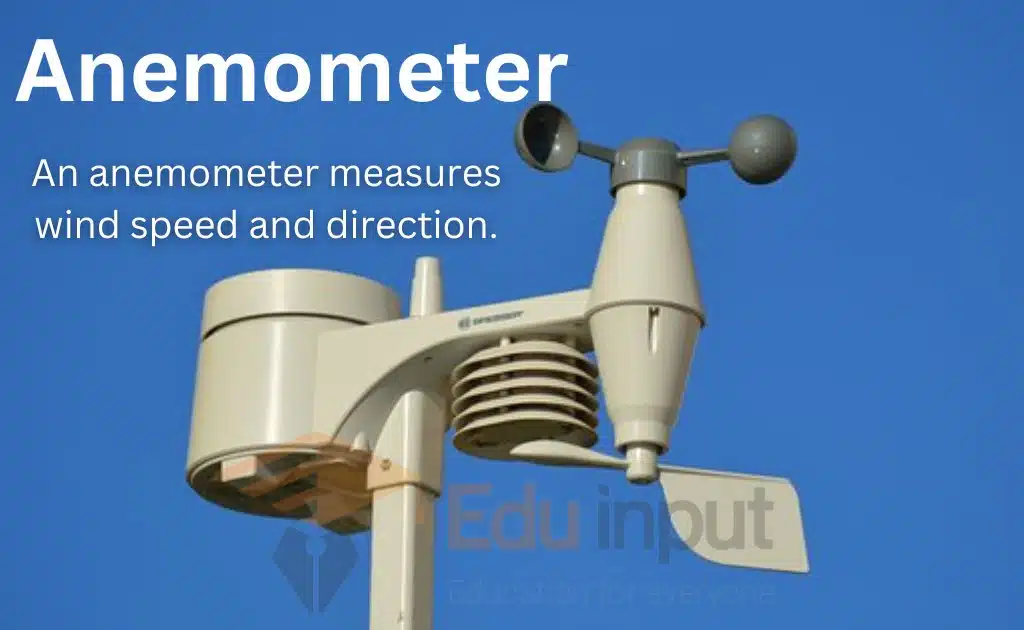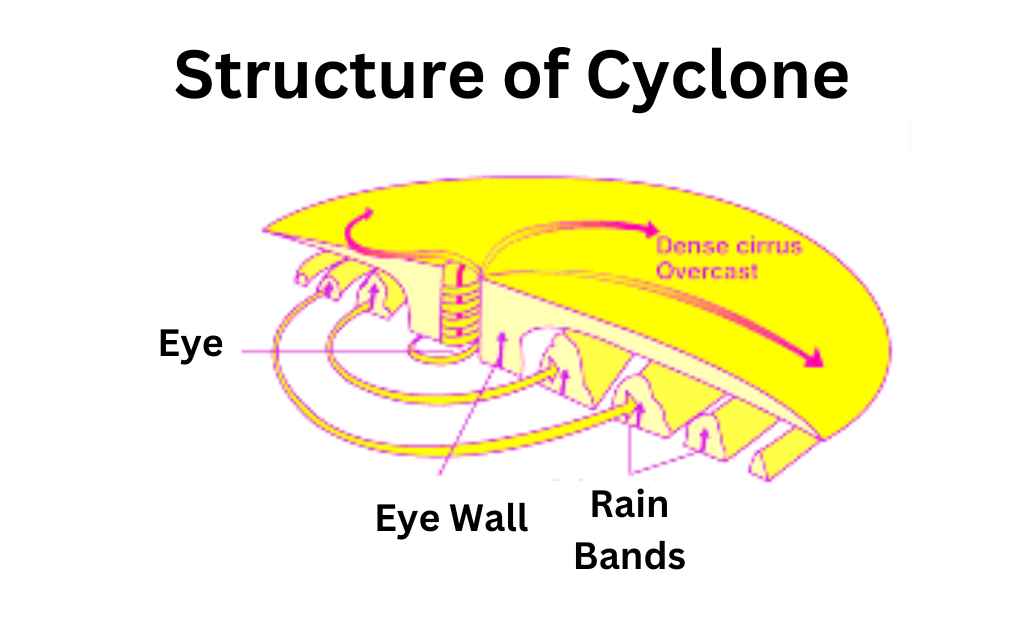Anemometer-Definition, Types, And Applications
In meteorology, an anemometer measures wind speed and direction. It’s a standard instrument used in weather stations. An anemometer is the oldest known description of a device used for measuring wind speed.
What is Anemometer?
The term is derived from the Greek word Anemos, meaning wind. It was first explained by the Italian artist and architect, Leon Battista Alberti, in the year 1450.
A wind sock measures the wind speed using a method called anemometry, which involves measuring the rate at which air moves past it by rotating a metal disc.

An anemometer is an ideal tool for anyone who wants to know the forecast for any location on Earth. Those who fly drones, RC planes, or helicopters will want to gauge the wind speed to avoid crashes. Wind speed is measured in knots, which is roughly equivalent to miles per hour.
How Does An Anemometer Work?
Anemometers measure the wind speed by measuring the wind pressure, which is usually done by the use of cups or propellers, or using sonic pulses.
A mechanical anemometer contains a wheel with cups or a propeller at the end of the spokes of the wheel. There are two of them. Each time the magnet passes a switch, it makes a recording. This tool will give you an excellent estimate of the wind speed, even if it’s blowing hard.
Types Of Anemometers
Anemometers are classified by how they measure the speed of the wind, and how they measure the pressure of the wind.
There are five major types of anemometers:
- Cup anemometer
- Hotwire anemometer
- Windmill anemometer
- Laser Doppler anemometer
- Sonic anemometer
Cup anemometer
In 1845, a simple type of anemometer was invented by Reverend Dr. John T. Robinson. This comprises four spherical cups attached to one end of the horizontal arm and the other end of the vertical arm.
The cups are positioned in such a way that the air passes through them horizontally. This makes the cups rotate.
If you measure the turns of the cups and calculate the average speed of the wind over a period of time, you find out what that average speed is.
Research, meteorology, and educational institutions use these data loggers to do research and commercial activities.
Hot-wire Anemometers
This is made of thin wire which is heated up to a certain temperature slightly above atmospheric temperature.
The wire cools as the air passes over it. To find the wind velocity, we need to calculate the resistance of the wire and the relation between the resistance and the velocity of the air. The most common metals used to make the wire are copper and aluminum.
This tool is used to measure airflow in heating, ventilating, and air conditioning (HVAC) businesses.
Laser Doppler Anemometers
Laser Doppler Anemometers uses a beam of light from a laser that is divided into two beams, with one propagating out of the anemometer and the other being reflected back to the anemometer.
Particles of matter, such as dust, smoke, and ash, moving through the atmosphere will cause backscatter when the particle crosses the beam path. The scattering of this laser light causes the intensity of the reflected beam to be weaker than that of the original beam.
The Doppler effect is used in a laser anemometer, where the wind speed is determined based on the frequency changes of laser light when the wind blows.
Sonic Anemometer
Sound waves are used to obtain the speed of the wind. These waves are designed to pass through the transducer. These are found in aircraft, scientific wind turbines, and other mechanical equipment.
Windmill Anemometer
The anemometer (wind vane) is a mechanical device that measures the speed of the wind. It consists of the two axes of rotation of the earth, perpendicular to the axis of the wind.
With an aerovane, the direction of the wind is not constant, which helps the axis change its direction. The aerovane is an aircraft that has a propeller and a tail to obtain accurate wind speed and direction measurements.
Uses Of Anemometer
The anemometer is used to measure the speed of wind but there are some more applications of anemometers in daily life that are given below:
- It is used to measure wind pressure.
- It is used to measure the flow of wind.
- The direction of the wind is also measured by an anemometer.
- It is used by drone operators or RC plane enthusiasts to check the weather conditions before testing their flying devices.
- Long-range shooters and pilots also used it.
- It is used by skydivers to assess wind velocity before they jump.





Leave a Reply